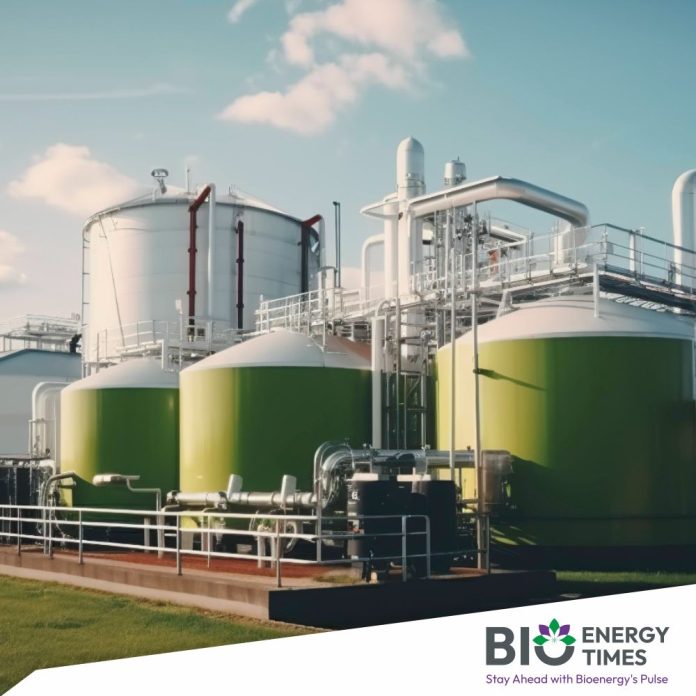Lucknow: The Uttar Pradesh government is considering a plan to replace diesel engines in tractors with compressed biogas (CBG) kits. The goal is to increase the use of CBG and help new biogas plants in the state become financially sustainable, according to officials familiar with the matter, reported The Hindustan Times.
The idea is to create strong local demand for CBG by encouraging its use in farming, especially in tractors, which are widely used in rural areas. This would help CBG plants sell more fuel and recover their costs more quickly.
“We are working with the agriculture department and other groups to introduce CBG kits in tractors so they can run on clean fuel,” said Pankaj Singh, Secretary and Chief Project Officer of the Uttar Pradesh New and Renewable Energy Development Agency (UPNEDA). “The government might also offer subsidies or other support to help farmers cover the cost of installing these new kits.”
Ajay Kumar, another officer from UPNEDA, said that at least 25 CBG plants are already running in the state, and more are being built. “To keep these plants running successfully, we need local demand, and switching tractors to CBG is a step in that direction,” he said.
This move is part of the state’s broader plan to reduce the use of diesel in agriculture and promote clean energy. Officials said technical and legal checks are underway to make sure the change can be done smoothly.
CBG is a fuel made from crop waste and organic materials. It’s cleaner than fossil fuels and can also help reduce problems like stubble burning, which harms the environment.
The state is also looking at offering incentives to farmers to encourage them to switch from diesel to CBG.
According to UPNEDA, Uttar Pradesh has the highest potential for CBG production in India, making up about 24% of the country’s total capacity. The state aims to produce 1,000 tonnes of CBG per day by 2026-27, using leftover material from crops like sugarcane, paddy, wheat, and maize, as well as press mud and animal waste.
CBG is already being used by oil companies at fuel stations, in city gas networks, and by industries for heating. It’s also being explored as a fuel to help produce green hydrogen.
















